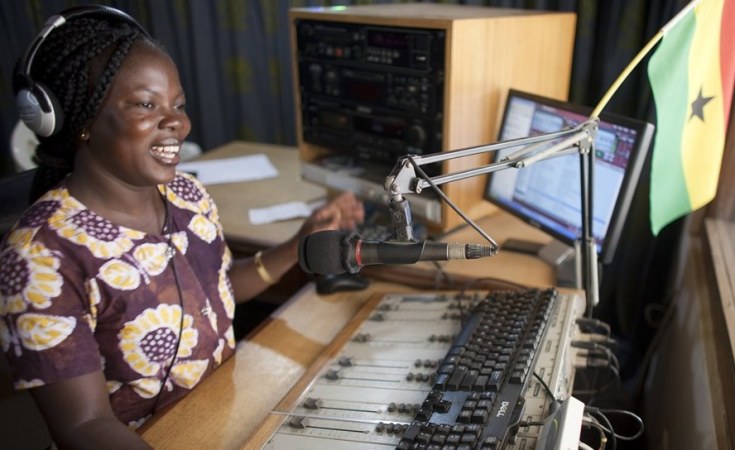Excerpts on child marriage and adolescent pregnancy from the 2014 State of the World Population report:
Marriage is a critical divide for millions of girls in developing countries. Child marriage derails a girl's future and means she has no control over her fertility, thus making the demographic dividend a more distant possibility.
This "neglected majority" of married children has received a great deal of attention in recent years, with the allocation of new resources and the refocusing of existing resources targeted to preventing child marriage or supporting girls who are already married or in partnerships. Keeping girls in school and supporting them in making healthy decisions about their own lives have been found to be the most important determinants of age at marriage.
While almost all countries have established some legal minimum age at marriage, the laws often remain unenforced, particularly in sub-Saharan Africa, the Arab States and South Asia... Thus, legal activism is necessary but insufficient for ending this practice.
Because of the weakness or absence of legal sanctions on child marriage, other approaches are being tried, including those aimed at keeping girls in school and working with community members to change norms around early marriage and childbearing.
The majority of programmes working to end child marriage have not yet been adequately evaluated. One review, however, classifies the limited number of programmes that have been evaluated into five categories.
The first category focuses on the empowerment of girls at risk for early marriage through information, skills, safe spaces and support networks. These programmes have sought to reduce girls' social isolation and to prepare girls to act on the choices they must make in life...
Another group of programmes designed to end child marriage has aimed at enhancing girls' access to school and improvement in the quality of education. Quality schooling provides a viable alternative to marriage for some girls by providing them with social networks and raising their expectations of their own lives. Weak schools can contribute to parents' views that marriage is the best place for their daughters. The expectation that girls will marry early undermines the commitment to schooling. Ishraq, a two-year programme in Egypt, prepared out-of-school girls for re-entry into the formal school system, teaching literacy and numeracy, life skills and sports.
Another approach has been the provision of economic support and incentives for girls and families. Economic training, support and sometimes incentives that address families' economic justifications for marrying their daughters early provide alternatives to marriage and increase the value of girls to their families of origin. One example is Berhane-Hewan in Ethiopia, which provided families with a goat as long as their daughters remained in the programme and remained unmarried until age 18. Another example is the Zomba cash transfer programme in Malawi, which found that unconditional cash transfers were more effective in delaying marriage than conditional transfers.
Education and mobilization of parents and community members can also help end child marriage. By educating and mobilizing parents and communities -- those who decide when and whom girls will marry -- to change social norms relating to expectations of girls and their marriage prospects, these programmes aim to delay marriage. Reframing concepts and redefining traditions around female genital mutilation are strategies used by several countries. In Kenya, for example, alternative rites of passage have been developed to preserve the positive sociocultural aspects of the ritual without requiring girls to undergo female genital mutilation.
Some countries have taken steps to stop child marriage through fostering an enabling legal and policy framework. Most countries, even those with high levels of child marriage, have established legal minimum ages for marriage. Laws and the legal systems serve two purposes in this domain: they provide the overarching framing for any kind of programmatic interventions in multiple sectors, and they provide refuge and justice for the girls who seek it. Policy advocacy to clarify, strengthen and enforce such laws is needed...
According to the United Nations (2011), in countries where women tend to marry at young ages, the difference between the singulate mean age at marriage, or SMAM, between males and females is generally large. SMAM is the average length of single life among persons between ages 15 and 49. Countries with the lowest SMAMs as of 2008 were Niger (17.6 years), Mali (17.8 years) and Chad (18.3 years). All had age differences between male and female SMAMs of at least six years...
UNFPA's The State of World Population 2013 on adolescent pregnancy notes that while many governments have invested in programmes to enable adolescents to prevent a pregnancy, fewer of them invest in systems and services that support girls who have become pregnant or have had a child... In every region of the world, impoverished, poorly educated and rural girls are more likely to become pregnant than their wealthier, urban, educated counterparts.


